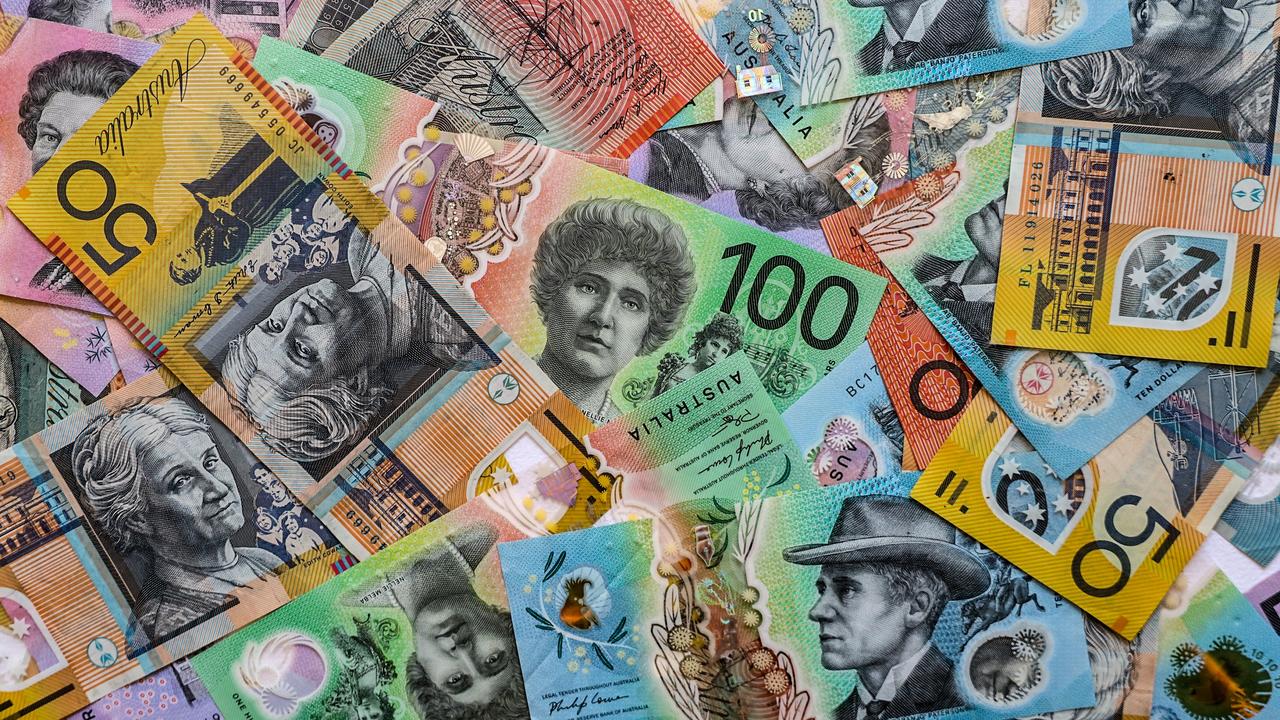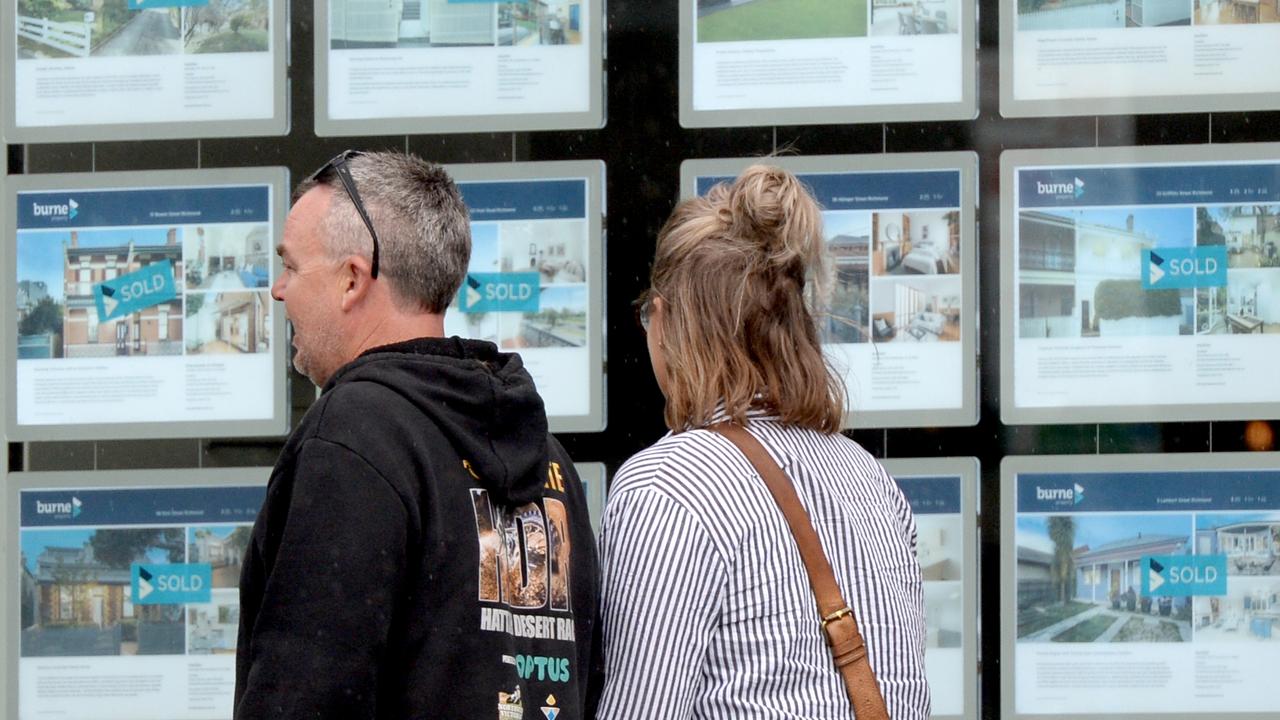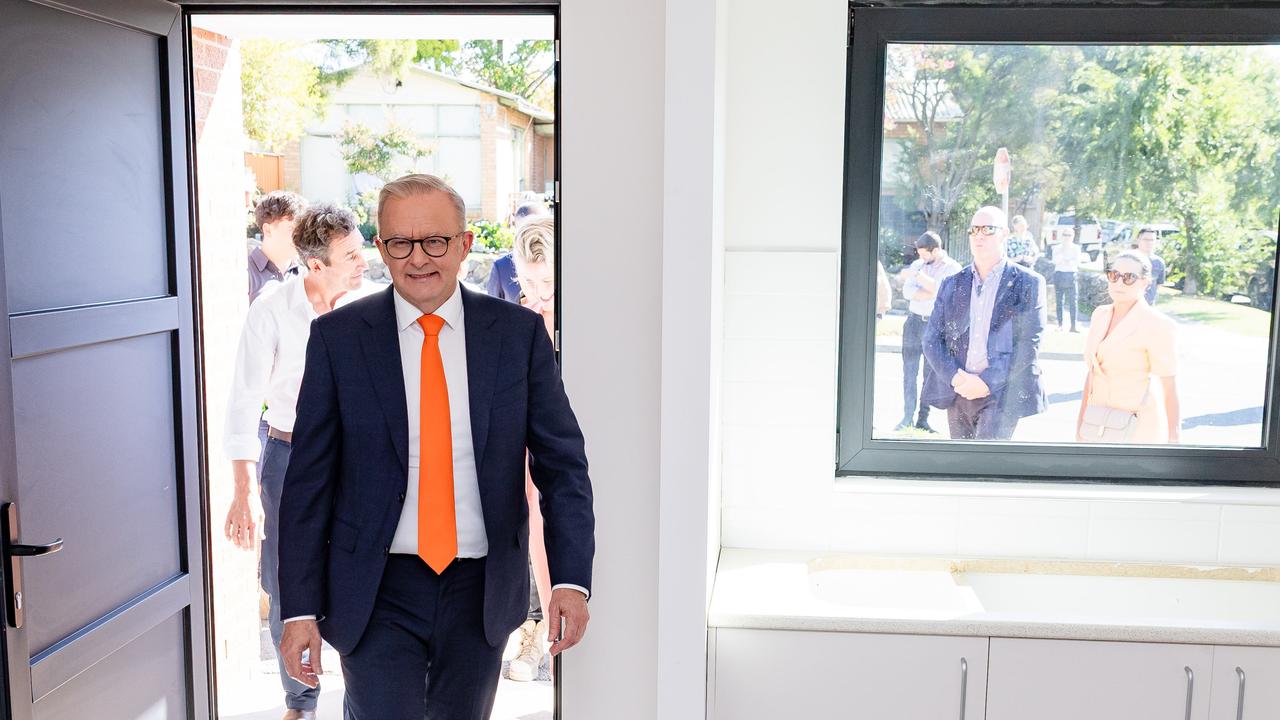NSW Budget pledges $20 billion for roads and rail
NSW has unveiled a stunning Budget turnaround and its residents are benefiting big time.

NSW has become the nation’s engine room
- Budget reveals record spending on infrastructure
- Housing affordability still a concern but boom could be over
- Health and education spending
- NSW set to lose GST revenue
THE NSW Government has unveiled a stunning Budget turnaround and its residents are benefiting big time.
The powerhouse state has emerged as the nation’s first half-a-trillion-dollar economy, putting it almost on par with countries like Norway, Treasurer Gladys Berejiklian said while unveiling her second State Budget today.
“If NSW was a stand-alone country, it would be in the top 20 per cent by size of economy,” Ms Berejiklian said in her budget speech.
A surplus of $3.7 billion will be achieved in 2016-17, and this would continue over the next four years with forecast annual surpluses averaging $2 billion.
The state’s debt is already sitting at virtually zero, and it has managed to maintain its triple-A credit rating.
Ms Berejiklian said that the strong Budget result allowed the government to spend record amounts on infrastructure, and it will shell out $20 billion in just one year to improve NSW’s crippling traffic congestion through spending on roads and rail.
Over four years it will spend a massive $73.3 billion on infrastructure.
But there are challenges ahead and the state’s success means its GST revenue will fall dramatically in the future.
The government is also working on the assumption that the state’s housing boom is coming to an end, with growth of stamp duty from property sales set to slow.
This will put pressure on services, as the government maintains its commitment to restrain spending.
THE NATION’S ENGINE ROOM
If jobs and growth is what you’re after, NSW is the place to be.
With the nation’s lowest unemployment rate of 5.2 per cent, NSW has gained 141,800 jobs in the past year — that’s 63 per cent of new jobs across the nation, in a state that accounts for 31 per cent of Australia’s population.
The Treasurer said the state’s turnaround, achieved after five years in office, had taken a lot of hard work.
“We have taken NSW from having the lowest jobs growth of any mainland state to a position where we have the lowest unemployment rate in the country, the strongest employment growth and where we are creating almost two-thirds of the nation’s jobs,” she said.
“Our state is the engine room of the national economy and the infrastructure captial of Australia.”
The strength of the NSW economy is drawing people to the state, and less citizens are leaving. Net outward migration to other states is near its lowest levels since the late 1970s.
As the only state in positive territory when it comes to business investment growth, it is set to grow its gross state product by 3 per cent in 2016-17, and 2.75 per cent the following year, against the backdrop of a relatively subdued national outlook. Victoria, the only other state that has a triple-A credit rating, lags behind NSW on these measures.
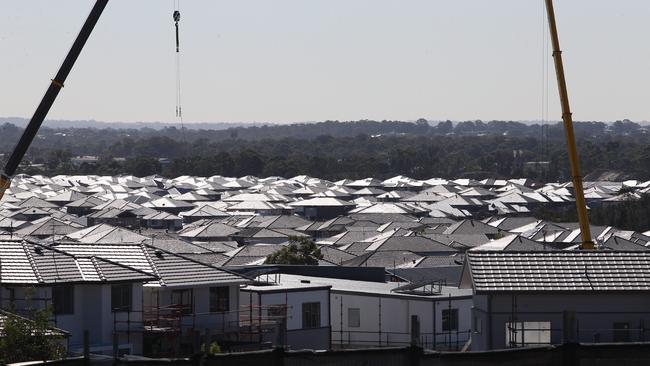
INFRASTRUCTURE
No matter how you look at it, the state’s spending on infrastructure is huge.
Overall it expects to spend $73.3 billion over four years to 2019-20.
In just one year (2016-17), the government will spend $44.6 billion, of this $20.2 billion will be spent on transport and roads infrastructure and services.
This includes $2.9 billion for Sydney’s WestConnex, $338 million for road upgrades to support the new Badgerys Creek airport, more than $271 million for three light rail projects in Sydney, Newcastle and Parramatta, as well as $2.1 billion to continue fast-tracking major upgrades of key regional highways.
NSW hopes to benefit from the transition away from the mining boom, with economic and financial capacity now available to be redirected to infrastructure projects across NSW.

Key projects include:
â— Sydney Metro rail project: $6.2 billion over four years to progress the 30km metro line from Chatswood to the CBD and Bankstown. There will also be $5.8 billion for the northwest line
â— Other rail projects: $64 million in 2016-17 to continue planning for the Parramatta Light Rail system. More than $1 billion over four years for the suburban rail network and $518.4 million for the new trains
â— Prison beds: $3.8 billion over four years to provide more beds in jails to keep up with growing demand
â—School upgrades: $2.6 billion over four years for new schools and upgrades at existing schools. This includes $1 billion in extra funding to deliver about 1100 new classrooms.
â— Walsh Bay Arts Precinct: $129 million over four years for construction of new and upgraded production, studio, rehearsal and performance venues
â— Fixing Country Roads program: $50 million to fund road and bridge upgrades in rural and regional areas
â— Sports stadium: Money for a new stadium for western Sydney, and upgrading existing facilities at Olympic Park and Moore Park
â— Hospitals: In the next year there are funds for the Westmead redevelopment ($99 million), St George acute services building ($167 million), Gosford redevelopment including the car park ($133 million) Dubbo redevelopment ($25 million), Tweed redevelopment ($12 million), Lismore redevelopment ($75 million), NSW Ambulance superstations across Sydney ($73 million) and Armidale redevelopment ($26 million).
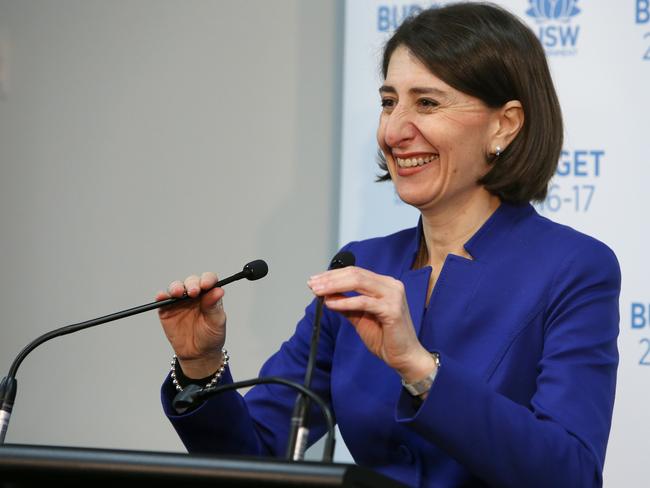
HOUSING AFFORDABILITY
“It is no use delivering surpluses and triple-A credit ratings unless our citizens are able to prosper and have a better quality of life,” Ms Berejiklian said, while outlining “record spending” on infrastructure and essential services.
“We appreciate that housing affordability remains one of the biggest challenges of our time.”
She said increased supply would ease pressure on prices, with annual home approvals now above 70,000 dwellings for the first time, leading the nation with 22.5 per cent residential growth.
“The figures show that our construction pipeline is continuing to grow and that more housing stock is on the way,” Ms Berejiklian said.
But the booming property market, which has helped power the economy for many years, is expected to drop off. The growth of residential stamp duty, the money the government raises from the sale of properties, is forecast to slow dramatically.
At the height of the property boom in 2013-14, stamp duty revenue grew by 40 per cent. Next year, growth is expected to fall to 5.5 per cent, then further to about 4 per cent in 2019-20.
In 2015-16 the government is expected to collect $6.28 billion from stamp duty, this will grow to $7.5 billion in 2019-20.
‘RECORD’ SPENDING, BUT IS IT ENOUGH?
Health spending will grow by just 5 per cent, which some economists say is below what’s needed to address ballooning demand. Last year’s budget forecast 6 per cent growth in health expenses in 2016-17.
The Grattan Institute argues that anything less than 7 per cent growth in health spending is a cut in real terms, with the ageing population putting increased demand on the system. Australia’s population is set to increase by 1.3 per cent to 7.79 million next year and public hospital admissions have already hit record highs, with 672,000 emergency room visits recorded between January and March this year.
The $20.4 billion health budget does include an extra $375 million for hospital and emergency department services, funding for 900 extra nurses, midwives, doctors and other staff, plus $1.8 billion for mental health services.
There’s $8.1 billion over four years for community safety, including $57 million in 2016-17 for new or upgraded police stations.
And family and community services will get $6.3 billion, including $1.3 billion to implement the National Disability Insurance Scheme in the state. Domestic violence services funding will be doubled to $300 million over four years.
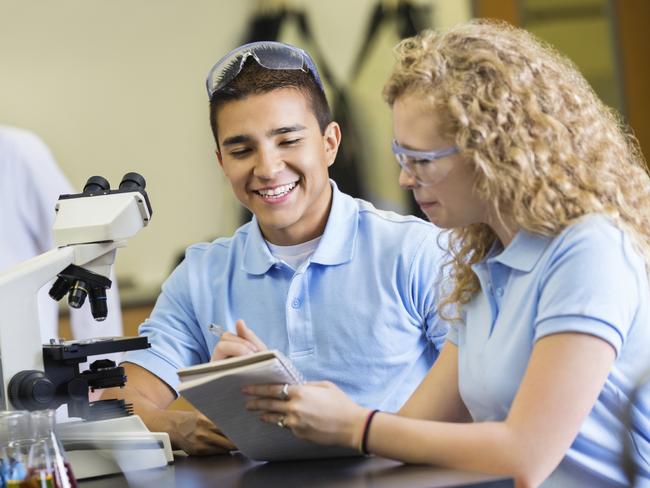
EDUCATION AND EMPLOYMENT
In education, a more generous 7.2 per cent increase will see a record $13.3 billion spent on education services in 2016-17, in anticipation of an extra 40,000 students expected to enrol at NSW schools over the coming four years. School maintenance spending of $990 million includes $330 million to clear backlog, as part of a $2.6 billion school infrastructure budget — increased from $1.7 billion last year.
An extra 50,000 vocational education places will be created with a $29 million boost to the vocational education and training sector.
The Jobs for NSW fund will receive $190 million over four years, while the Smart, Skilled and Hired youth unemployment program will get $100 million over two years.
FALLING GST REVENUE
Forward estimates cap expenditure growth at 3 per cent in response to falling GST, which currently makes up about 25 per cent of state revenue.
“Ironically, we are the victims of our own success when it comes to the GST,” Ms Berejiklian said.
The state is set to experience the biggest single year loss of its GST take in the consumption tax’s history, taking a $3.8 billion hit as it is allocated just 81 per cent of its per capita share, down from the 95 per cent received in 2015-16. Had NSW had maintained its share at this level, the state would have reaped more than $10 billion in GST over the coming four years on top of the $70.67 billion that’s been allocated.
In a reversal of fortunes, Queensland and Western Australia will get an increased share due to falling mining revenues.

